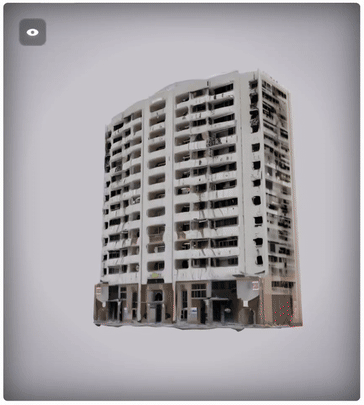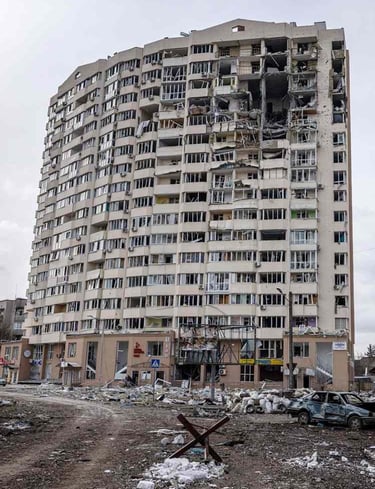Accelerating 3D News Production: AI-Driven Image Conversion for Virtual Journalism


Accelerating 3D News Production: AI-Driven Image Conversion for Virtual Journalism
Introduction
In the rapidly evolving media landscape, innovative approaches to news presentation are emerging through advanced technologies. Our research project "Development and Evaluation of Three-Dimensional News Models" explores transforming traditional news content into interactive three-dimensional experiences that allow viewers to engage with news in a more immersive way. This blog post discusses a critical advancement in this process: using artificial intelligence to accelerate 3D model creation from journalistic images.
The Challenge of Timeliness in 3D News
News content inherently loses relevance with time, creating a significant challenge for three-dimensional news simulations. The traditional process of creating virtual environments for news stories is time-consuming, potentially undermining the news value by the time production is complete. This challenge prompted us to explore AI-driven solutions to expedite the creation process.
AI-Powered Solution: From 2D Images to 3D Models
Our approach employs the Hyper 3D platform, which represents a significant advancement over traditional 3D scanning techniques. This AI solution:
Analyzes journalistic photographs to understand their content rather than simply mapping their surface features
Generates high-quality 3D models that maintain accuracy and smoothness
Eliminates common issues like distortions and unnecessary geometric artifacts
Provides models ready for import into Unreal Engine for virtual environment integration
Integration with Research Framework
This technological approach aligns with our research proposal's technical implementation framework. The AI-generated models can be integrated with our motion capture system and interactive elements to create comprehensive news simulations that enhance spatial, temporal, and emotional presence for viewers.
The solution helps address several key research objectives identified in our proposal, including:
Reducing news content production costs
Enhancing journalists' safety by minimizing field exposure
Expanding the scope of the news experience to include spatial, emotional, and cognitive dimensions
Preliminary Testing
Initial testing has been promising. By converting journalistic photographs to 3D models and importing them into Unreal Engine, we can rapidly create virtual environments that maintain high fidelity to the original news context. This process significantly reduces production time without compromising quality.
Conclusion
The AI-driven approach to 3D model generation represents a crucial advancement in making three-dimensional news visualization practical for time-sensitive journalism. As our research continues, we anticipate this methodology will contribute to developing an innovative journalism model that enhances audience understanding through interactive simulation while maintaining the timeliness essential to effective news reporting.
This development brings us closer to realizing the full potential of three-dimensional news models as outlined in our research proposal, potentially revolutionizing how audiences experience and engage with news content.

